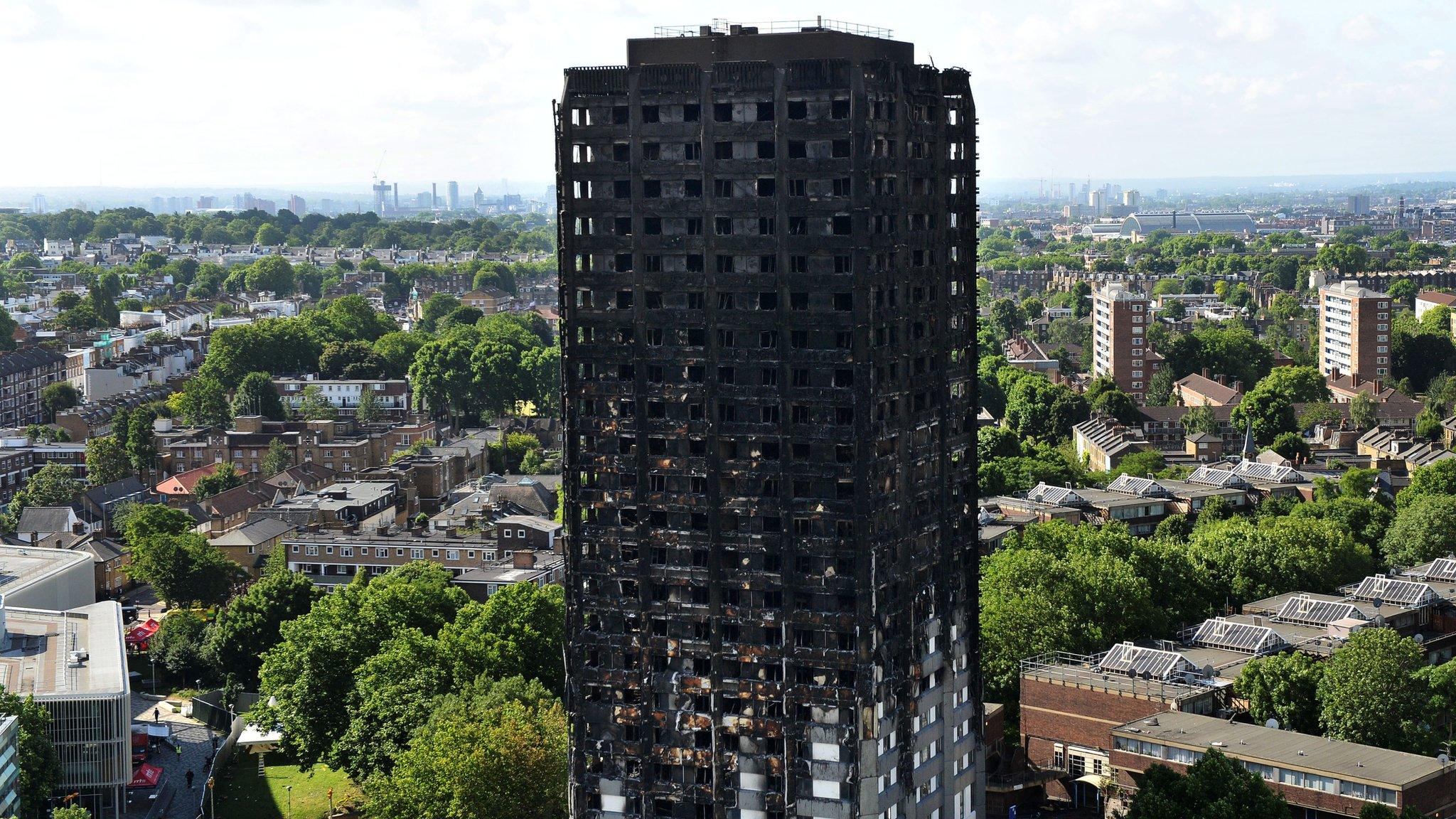Grenfell Tower: Sixty blocks 'fail new fire test'
- Published
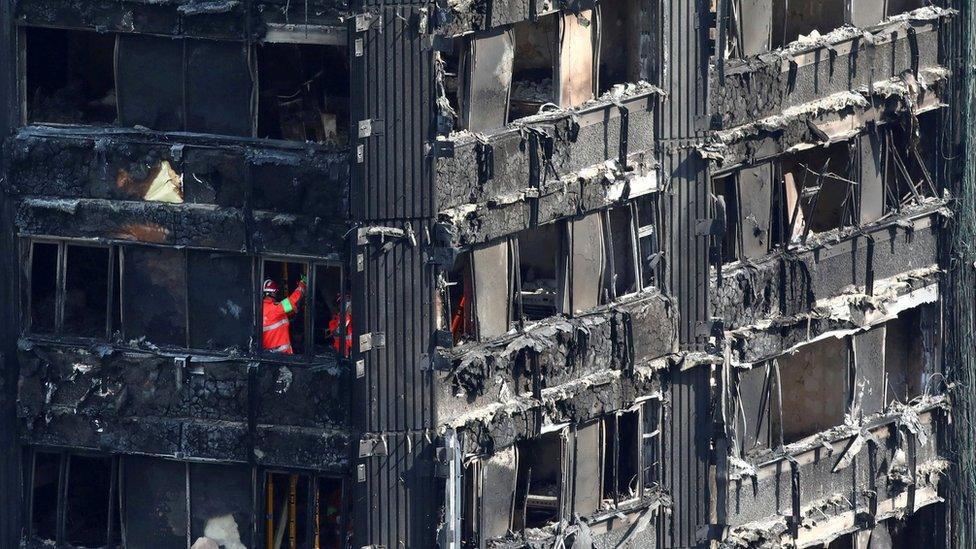
Cladding and insulation used in at least 60 tower blocks will be deemed to have failed a new fire safety test, the BBC understands.
The test was more thorough than previous checks after the Grenfell Tower fire, which only tested cladding.
The new test checked the cladding in combination with the foam insulation that was used in Grenfell.
Nine blocks in Salford are the only local authority-owned buildings so far known to be affected.
Local Government Association chairman Lord Porter said buildings owned by housing associations and private sector landlords will also be on the list.
The location of some of the tower blocks may not be disclosed to the public because of intellectual property rights connected to the cladding systems involved.
At least 80 people died in the Grenfell Tower fire in North Kensington on 14 June.
Cladding put on Grenfell Tower in 2015 is thought to have contributed to the spread of the fire in the 24-storey block, which started in a fridge on the fourth floor.
Previous tests of cladding and insulation carried out in the wake of the fire were done by turning the material used to make them into powder and setting it off with a spark. But the newest test was done in real-world conditions, where cladding and insulation is built on a vertical rig and set alight.
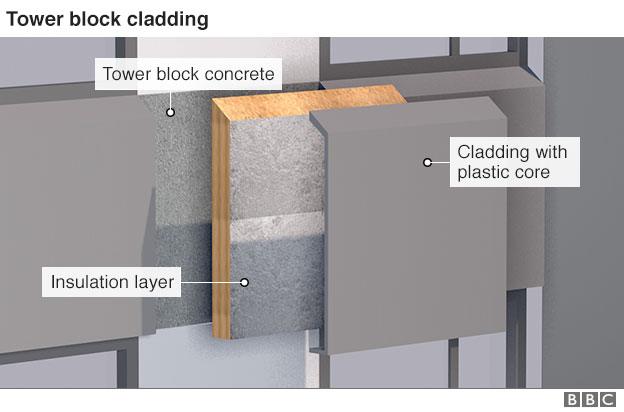
The mock-up used a so-called PIR plastic foam, a type of combustible insulation, and aluminium panels with a combustible polyethylene plastic core.
This is the most flammable of the six combinations of insulation and cladding that will be tested.
Previously the core of cladding from tower blocks was tested, but Lord Porter said: "It was fairly evident from the Grenfell fire that there was more than just the panels that was a fire risk on that building."
Salford Council had already said it expected its towers to fail.
The nine blocks built in the 1960s were re-clad recently with shiny coloured panels and insulation, to cut energy bills.
One resident told the BBC it was "like sitting on a tinderbox".

The test rig at the BRE before the aluminium cladding was installed, with silver foil covering the insulation
Crisis management expert Prof Edward Borodzicz said: "For the people who live in these buildings, this must be extremely concerning."
He added there could be a case for evacuating people from towers with unsafe cladding and insulation combinations.
Salford has already begun removing cladding from the towers.
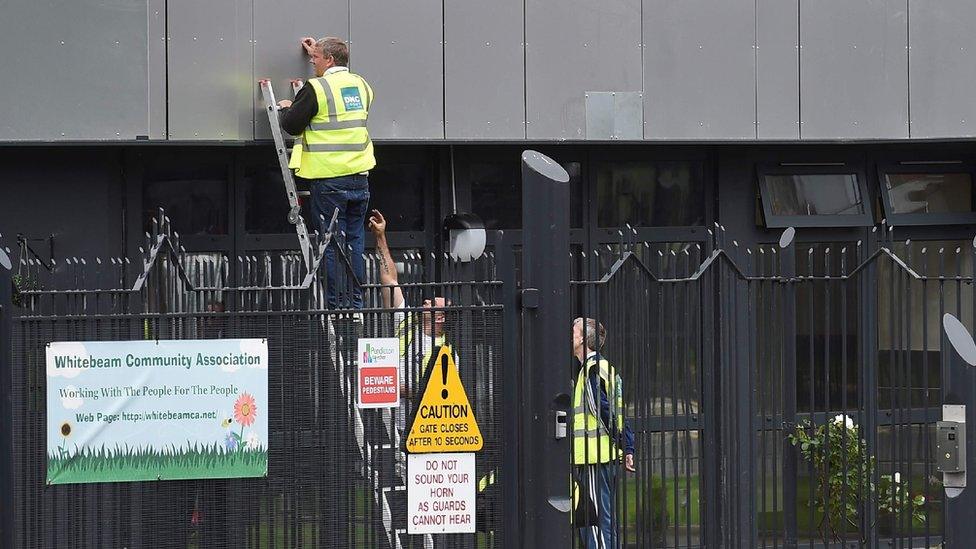
Salford Council is already removing cladding from nine of its buildings
It is likely to cost the authority tens of millions of pounds and it is asking for help from central government.
Lord Porter said he hoped the Treasury would provide some of the money required by local authorities to replace cladding.
Chancellor Phillip Hammond said lack of funding would not get in the way of making buildings safe.
He suggested some local authorities and housing associations would have reserves to fund the works, or be able to borrow money.
Separately, a man has denied pretending his family died in the Grenfell Tower fire in order to get money from the victim relief fund.
Anh Nhu Nguyen, 52, pleaded not guilty to two counts of fraud by false representation at Southwark Crown Court.
Mr Nguyen, of Beckenham, south-east London, is accused of posing as a victim for about a fortnight, in order to allegedly obtain £10,000 from Kensington and Chelsea Council and charities.
It is claimed he was given a hotel room, food, electrical items and cash at the relief hub.
He was remanded in custody and his trial is expected to take place in early December.
- Published27 July 2017
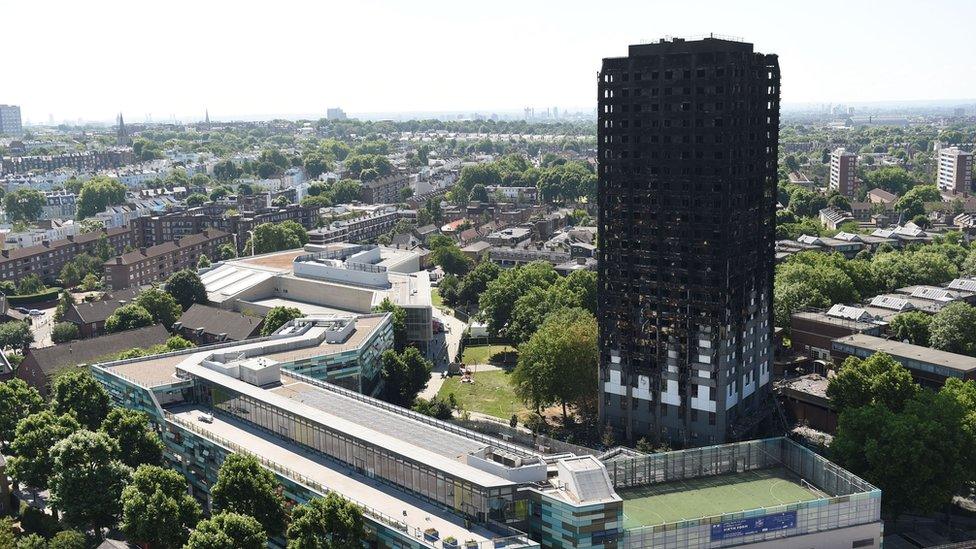
- Published27 July 2017
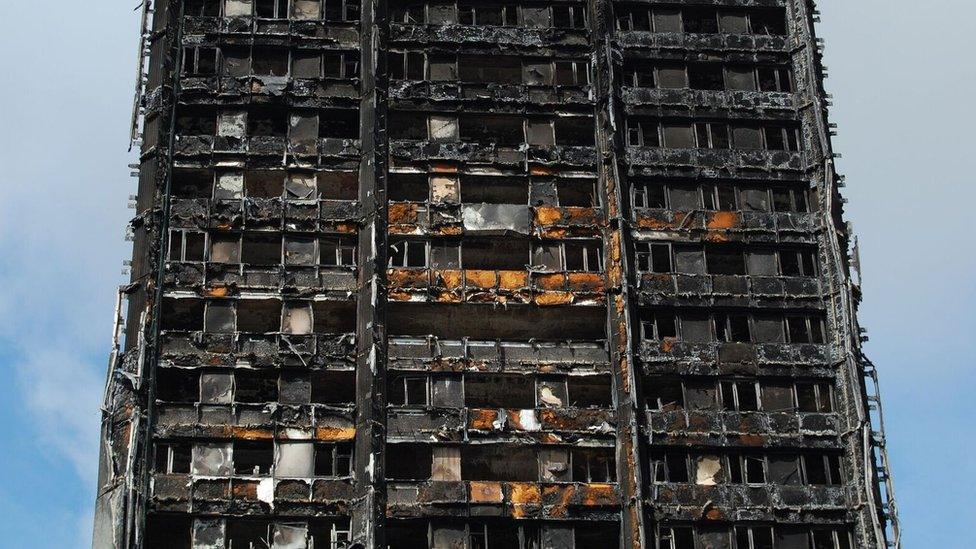
- Published30 May 2018
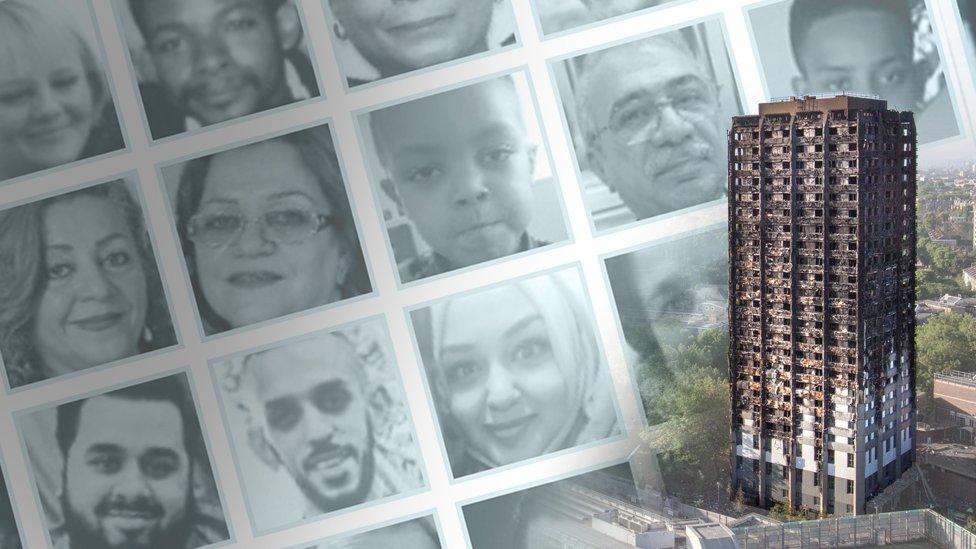
- Published18 May 2018
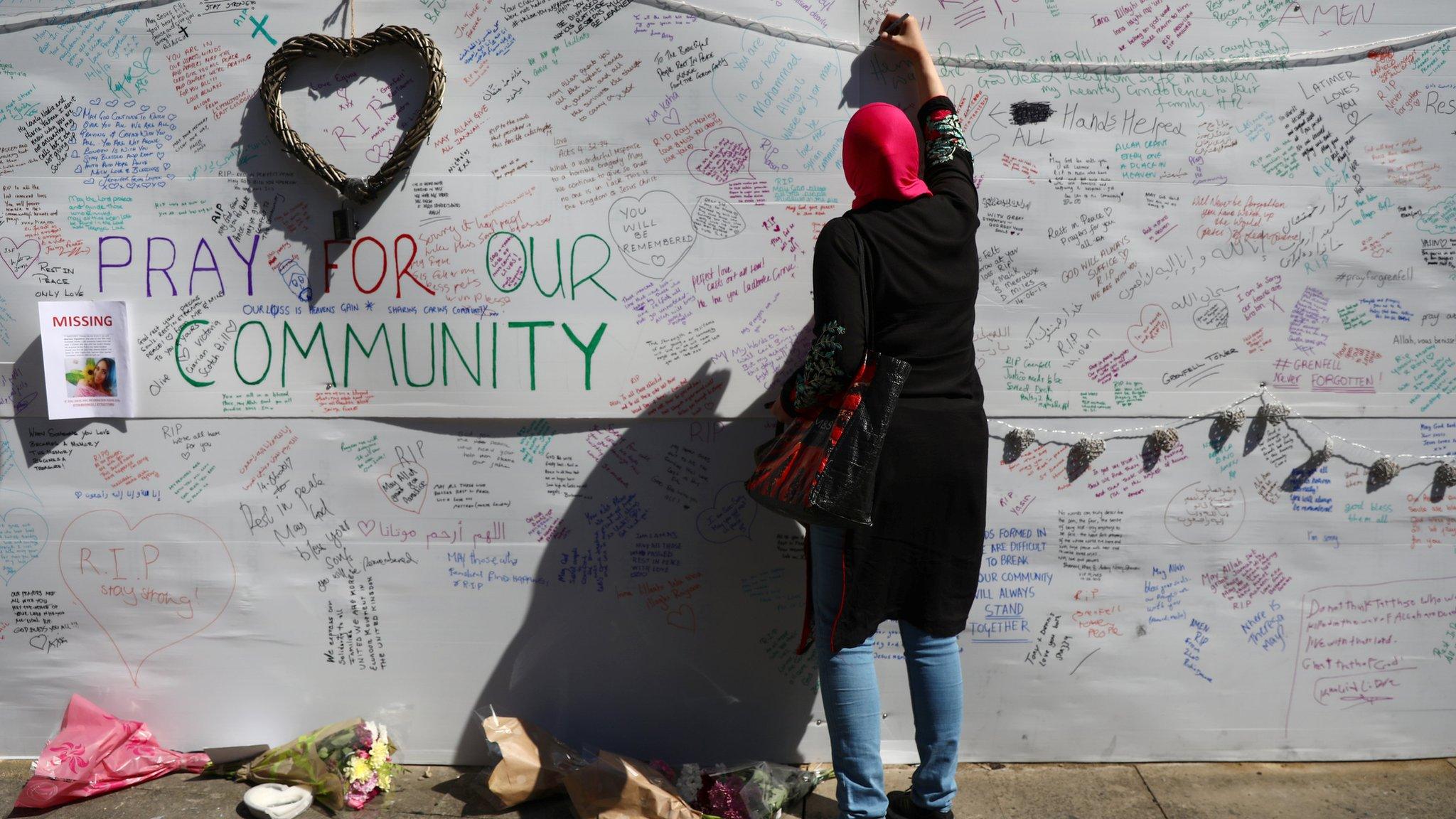
- Published19 July 2017
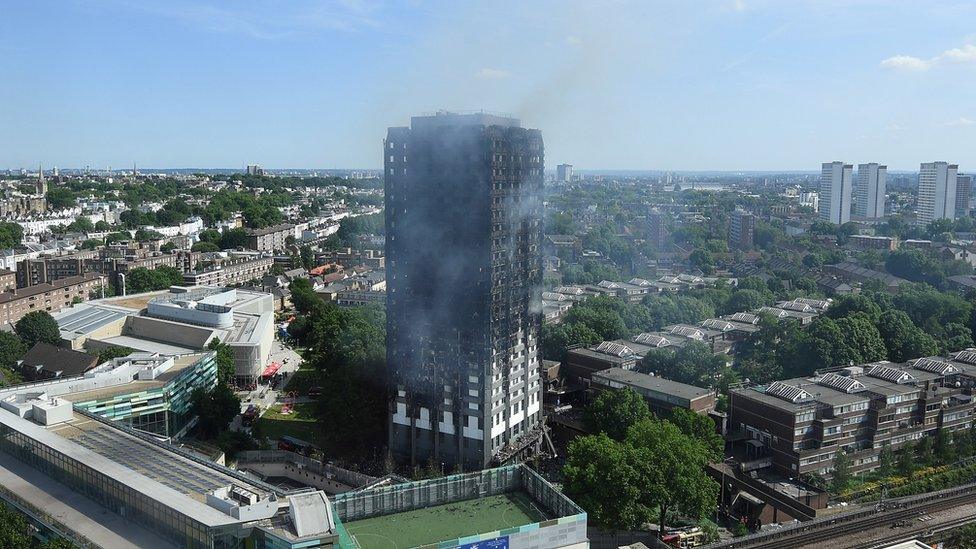
- Published19 July 2017
